
So useful! Gonna watch out for these

Blood clots are a serious medical condition that can lead to life-threatening complications if not recognized and treated promptly. While clotting is a normal biological process that helps stop bleeding, clots that form abnormally inside veins or arteries can block blood flow and damage vital organs. Understanding the warning signs and knowing when to get medical attention can dramatically improve outcomes.
What Are Blood Clots?
Blood clots, also called thrombi, are gel-like masses formed when blood changes from a liquid to a thicker, semi-solid state. This is essential when you have an injury, but when clots form without a clear reason or fail to dissolve on their own, they can cause blockages.
Two of the most dangerous complications include:
-
Deep vein thrombosis (DVT): A clot in a deep vein, usually in the legs
-
Pulmonary embolism (PE): A clot that breaks loose and travels to the lungs
Both conditions require urgent medical care, making awareness of the symptoms extremely important.
7 Common Signs of a Blood Clot
Recognizing the warning signs early can be life-saving. Here are the seven most common indicators of a potentially dangerous clot:
1. Swelling in the Affected Area
Sudden, unexplained swelling—especially in one leg—is one of the hallmark symptoms of DVT.
The swelling occurs because the clot partially or completely blocks blood flow, causing fluid to build up in surrounding tissues.
You may notice:
-
Puffiness or tightness in the leg
-
Difficulty moving the limb
-
Swelling that worsens throughout the day
2. Pain or Tenderness
Pain caused by a blood clot often starts gradually and becomes more intense over time.
It is commonly mistaken for:
-
A muscle cramp
-
A pulled muscle
-
Soreness from exercise
However, unlike a typical muscle strain, clot-related pain may worsen when standing, walking, or touching the area.
3. Red or Discolored Skin
A blood clot can cause the skin over the affected area to:
-
Turn red
-
Develop a bluish or purplish tint
-
Appear blotchy or uneven
This color change happens because blood flow is obstructed. The skin may look irritated, and the discoloration is often accompanied by heat or swelling.
4. Warmth in the Affected Area
Localized warmth is another sign of inflammation caused by a clot.
When a vein becomes blocked, it triggers the body's inflammatory response, making the area feel warmer than the surrounding skin. Some people also report increased sensitivity or a throbbing sensation.
5. Sudden Shortness of Breath
Shortness of breath that appears suddenly—especially without exertion—may signal that a clot has traveled to the lungs, causing a pulmonary embolism.
This symptom is a medical emergency.
It may be accompanied by:
-
Light-headedness
-
Anxiety or a feeling of impending doom
-
Difficulty taking deep breaths
6. Chest Pain or Discomfort
Chest pain from a pulmonary embolism often feels sharp and worsens when taking deep breaths, coughing, or lying down.
Some describe it as:
-
A stabbing pain
-
A heavy pressure
-
A squeezing or tightening in the chest
Because these symptoms mimic a heart attack, emergency medical evaluation is critical.
7. Rapid Pulse or Heart Rate
A fast heartbeat—known as tachycardia—occurs when the cardiovascular system is under stress.
If your heart is beating unusually quickly for no clear reason and the symptom appears with others on this list, it may indicate a clot.
What to Do If You Suspect a Blood Clot
If you experience any combination of the symptoms above:
-
Do not massage or rub the area, as this may dislodge the clot.
-
Avoid walking long distances or strenuous activity, which can worsen symptoms.
-
Seek immediate medical attention—especially if symptoms involve chest pain, rapid heart rate, or shortness of breath.
Early intervention can prevent serious complications such as pulmonary embolism.
How Doctors Diagnose and Treat Blood Clots
Healthcare professionals may use:
-
Ultrasound to locate DVTs
-
CT scans or MRI scans to detect clots in the lungs or other organs
-
Blood tests, such as the D-dimer test, to assess clotting activity
Treatment typically includes:
-
Anticoagulant medications (blood thinners)
-
Compression stockings to improve circulation
-
Thrombolytic therapy in severe cases to dissolve clots
-
Surgical intervention, though only in rare or life-threatening situations
Prevention: Reducing Your Risk
You can significantly lower your risk of developing blood clots by adopting simple lifestyle habits:
-
Stay physically active—avoid sitting for long periods
-
Drink plenty of water to prevent thick, sluggish blood
-
Maintain a healthy weight
-
Manage underlying conditions, such as diabetes or high blood pressure
-
Follow your doctor’s advice, especially if you’ve had clots before
For individuals at high risk (e.g., post-surgery, long flights, pregnancy), physicians may recommend preventive blood thinners or compression stockings.
Conclusion
Blood clots are a serious medical emergency that require urgent evaluation. By recognizing the early warning signs—such as swelling, pain, discoloration, chest discomfort, or shortness of breath—you can act quickly and potentially save your life or the life of someone you love.
If you ever suspect a blood clot, call a healthcare professional immediately. Early detection and prompt treatment are the keys to preventing dangerous complications.
News in the same category

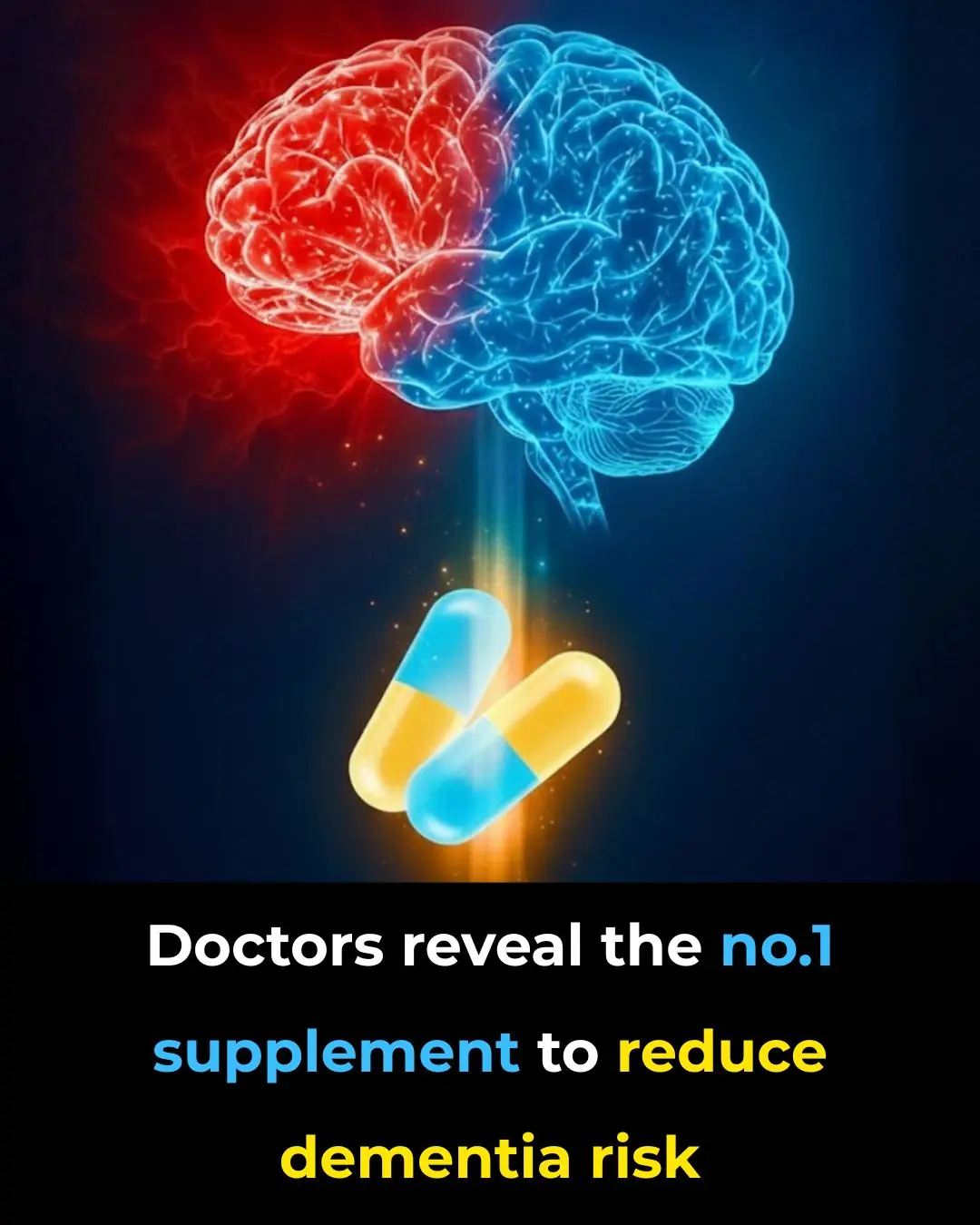
Doctors reveal the #1 supplement to reduce dementia risk

Fresh, delicious, firm field crabs, just aim for this spot, 10 out of 10 will be correct.
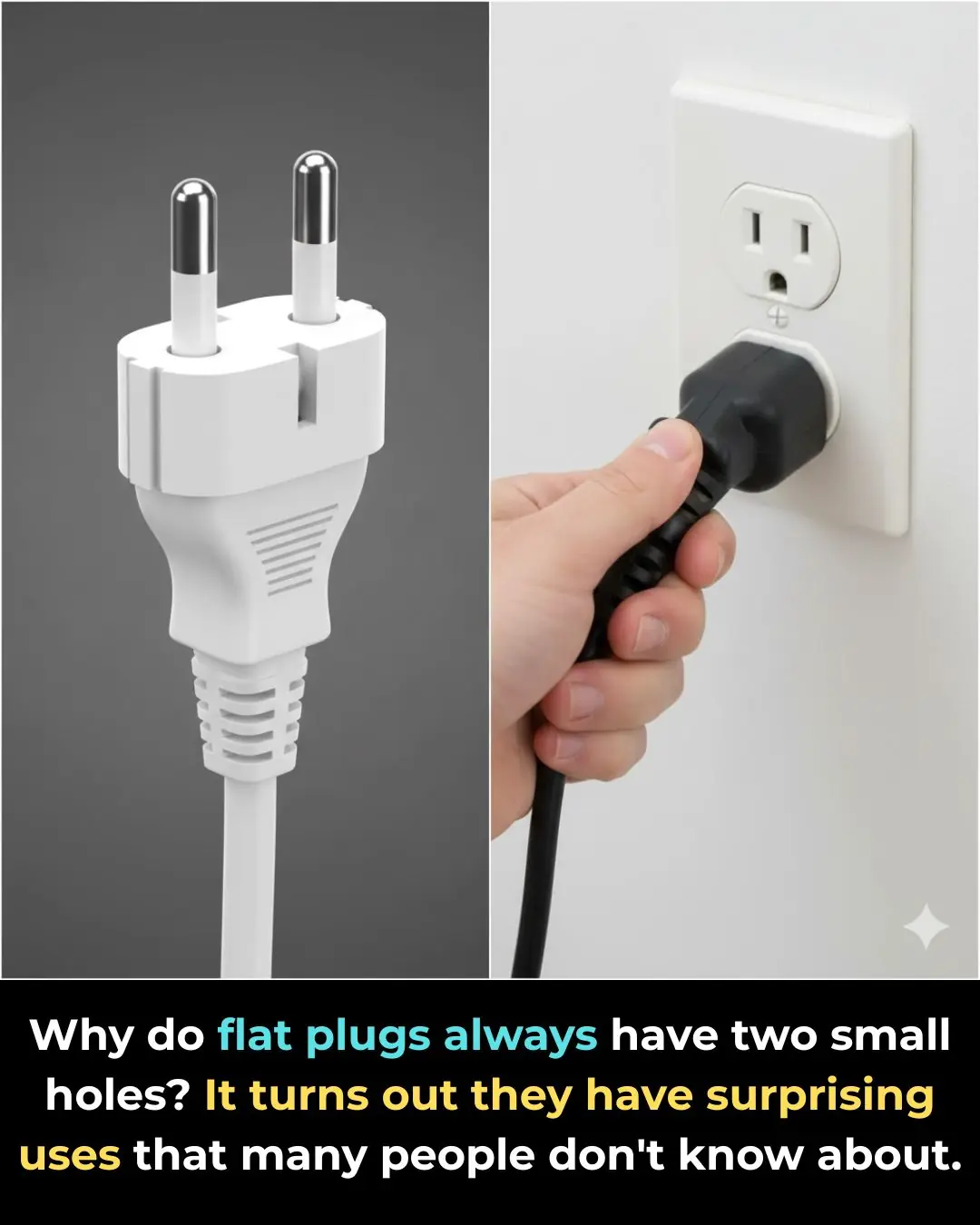
Why do flat plugs always have two small holes? It turns out they have surprising uses that many people don't know about.

Cooking sticky rice for the full moon offering in a rice cooker is as quick and sticky as using a steamer thanks to this secret.

Why You Should Keep a Small Amount of Cash Behind Your Phone Case — A Useful Trick Few People Know

Clogged Toilet? Just Use This Simple Method — Water Will Flow Smoothly Again in 5 Minutes

7 Frozen Foods That Are Even Better Than Fresh — More Nutritious and Time-Saving

How to Make Fermented Peach Lemon (Chanh Đào) With Rock Sugar and Honey — A Highly Effective Homemade Remedy for Coughs

How to fry delicious, green, and neat spring rolls made from 10 leaves like 1

Using a toothpick to stick into a kettle has great benefits that many people do not know about.

Drop essential oil on toilet paper roll: Get 2 special benefits that everyone wants to learn

Put a handful of peppercorns under the bed, unexpected uses, many people wish they knew sooner

Don't rush to throw away the top, it can be turned into a wonderful spice, very necessary in the kitchen.

What Is a Microwave Ring Cover? Why This Small Part Matters More Than You Think (SEO-Friendly Guide)
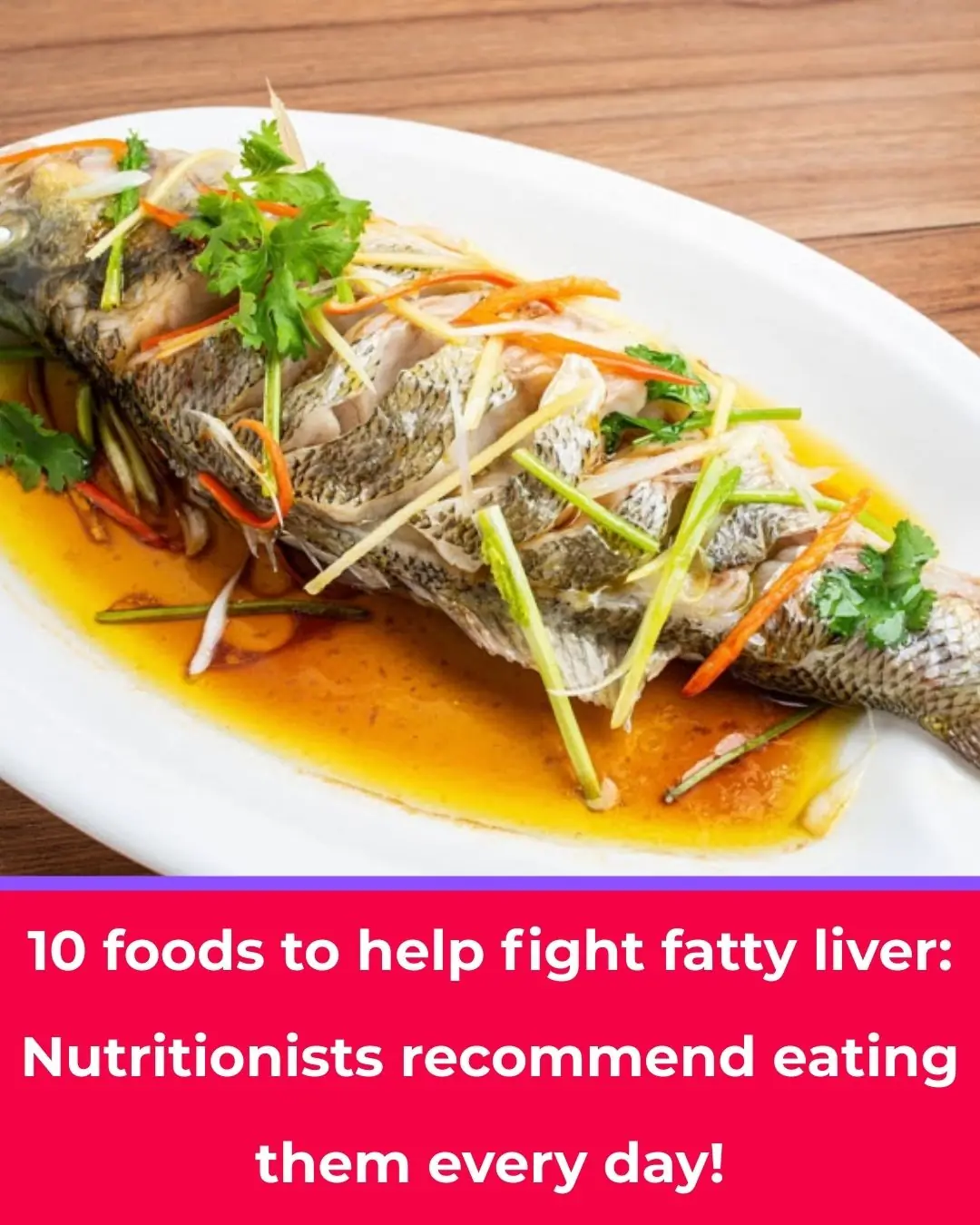
10 Foods That Help Combat Fatty Liver: Nutrition Experts Recommend Eating Them Daily
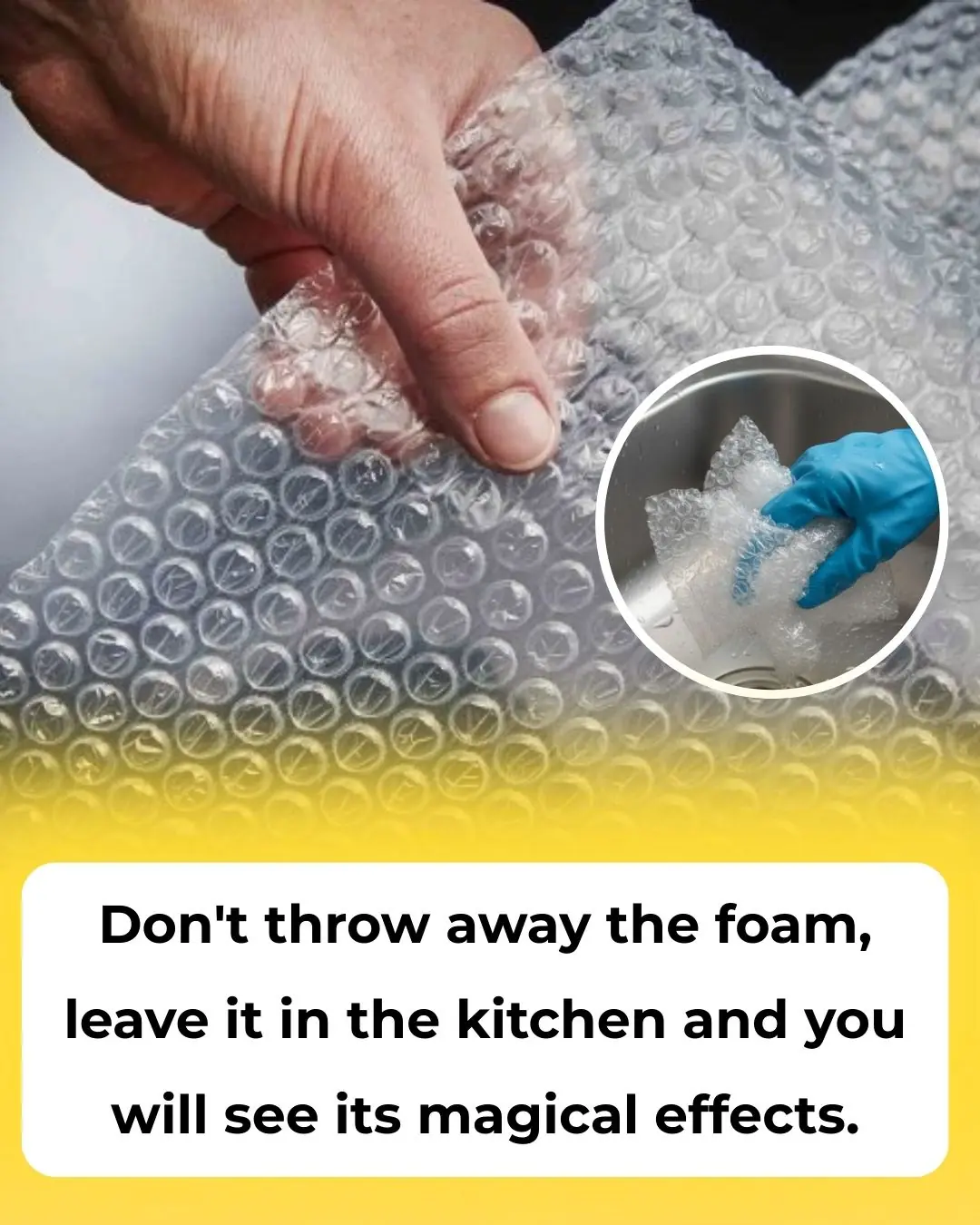
Don’t Throw Away Bubble Wrap—Keep It in Your Kitchen and You’ll Be Surprised by Its Uses
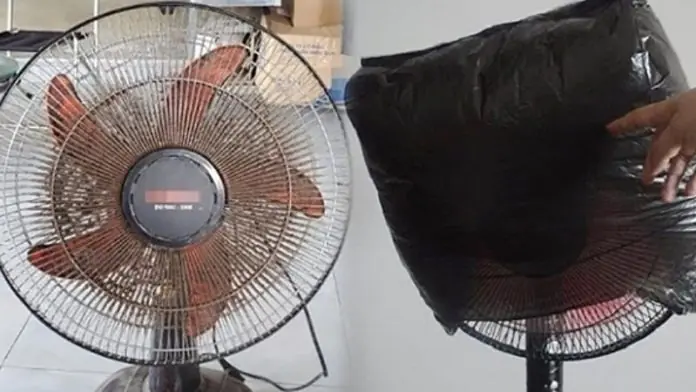
Dirty fan? No need to remove the frame or use water: This simple method makes your fan spotless and shiny

You're doing it all wrong. Here’s the right way to clean humidifiers
News Post

Dandelion Root Extract Shows Potential to Eliminate Up to 95% of Cancer Cells in 48 Hours

Meet the Solar-Powered Sea Slug: The First Animal Known to Photosynthesize!

13-Year-Old Boy's Heartwarming Act of Sacrifice: Buying His Mother a Car Through Hard Work and Compassion

Living With a Rare Condition, a 25-Year-Old Faces One of Life’s Hardest Decisions

Simple Ways to Reduce Nighttime Wake-Ups and Improve Sleep Quality.

Aretha Duarte Makes History As First Black Latin American Woman To Climb Mount Everest

Doctors reveal the #1 supplement to reduce dementia risk

The Coffee Photo That Survived the War.

Issa Rae Opens New ‘Downtown Dough’ Pizzeria in L.A.

From Hardwood Hero to Human Inspiration: The Legacy of Rodney Rogers.

The step-by-step plan to drop 30 pounds quickly in 2025

The Weight Bryce Couldn’t Carry Alone.

A Lesson Two Boys Will Carry for Life.
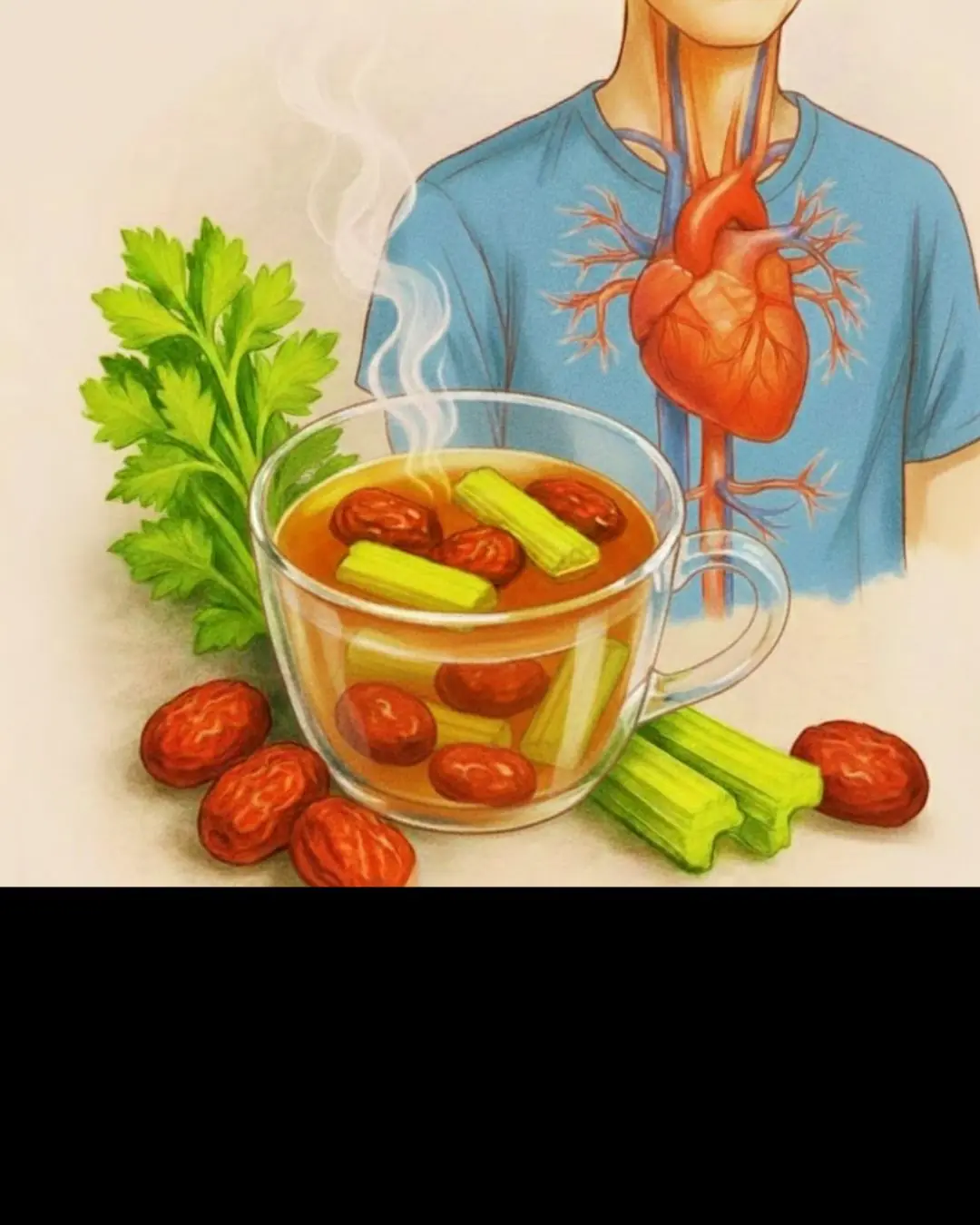
Got High Blood Pressure? Try This 2-Ingredient Tea!

106 & Park to Celebrate 25 Years With an Epic Reunion at the 2025 BET Awards

She Just Opened The First Black-Owned Direct Primary Care Facility In Washington State

The First Time Pyi Mai Touched the River.
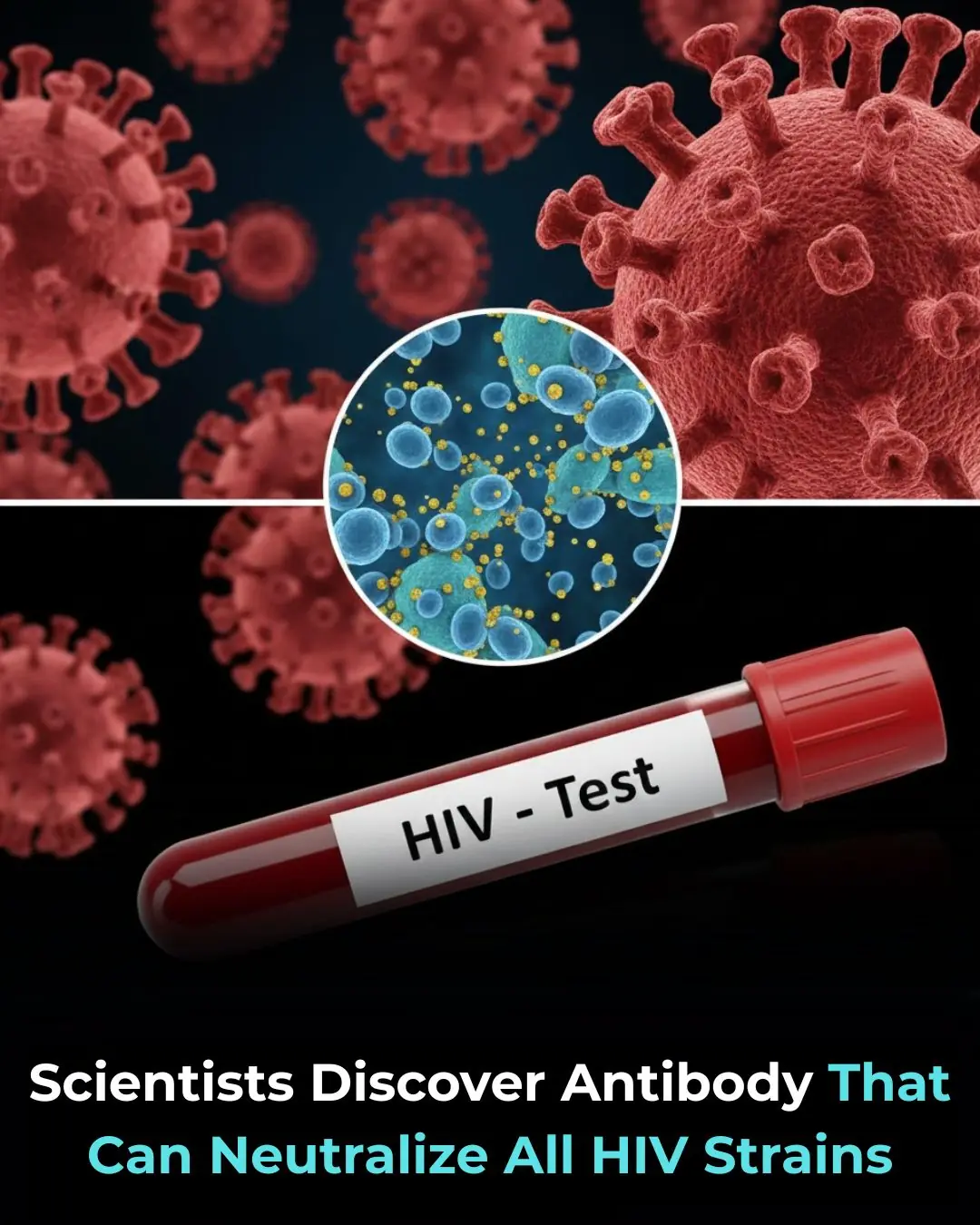
🛡️ The Holy Grail of HIV Research: A Broadly Neutralizing Antibody Targets the Virus's Achilles' Heel

The Day Mr. Brooks Walked Back Into the Sunlight.
